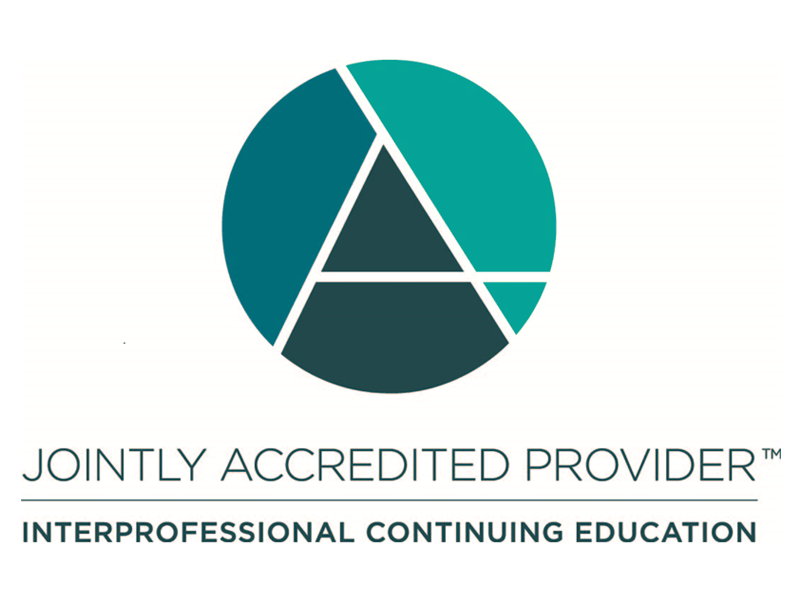Course Summary
The management of trauma is one of the core competencies of the Emergency Physician. Trauma in the older patient has all of the complexity of trauma management in the younger patient – plus some extras! Penetrating trauma is rare in older patients. But blunt trauma is a major and frequent reason for older patients to present to the ED and poses more serious consequences than for younger patients. Older adults represent 23% of trauma admissions and trauma is the fifth leading cause of death in the older adult population.
This module will explore the ways in which normal changes of aging affect standard trauma resuscitation and make suggestions for the next time you have a “major trauma.”
Learning Objectives
Upon conclusion of this activity, participants should be able to:
- Describe how Advanced Trauma Life Support (ATLS) may be different over 65.
- Identify types of injuries most common in older adults.
- Define special trauma management issues in the older patient regarding patterns of injuries and assessment of shock.
- Correlate physiologic changes in older adults with adapted principles of trauma resuscitation.
- Define the specific changes in the management of common injuries in the older trauma population.
- Describe the consequences of undertriage in the older adult trauma population.
Attendance at this Mayo Clinic accredited course does not indicate nor guarantee competence or proficiency in the performance of any procedures which may be discussed or taught in this course.
Accreditation Statement
In support of improving patient care, Mayo Clinic College of Medicine and Science, and the Geriatric Emergency Department Collaborative. Mayo Clinic College of Medicine and Science is jointly accredited by the Accreditation Council for Continuing Medical Education (ACCME), the Accreditation Council for Pharmacy Education (ACPE), and the American Nurses Credentialing Center (ANCC) to provide continuing education for the healthcare team.
Credit Statements
-
AMA
Mayo Clinic College of Medicine and Science designates this live activity for a maximum of 1.00 AMA PRA Category 1 Credits™. Physicians should claim only the credit commensurate with the extent of their participation in the activity.
-
ANCC
Mayo Clinic College of Medicine and Science designates this activity for a maximum of 1.00 ANCC contact hours. Nurses should claim only the credit commensurate with the extent of their participation in the activity.
